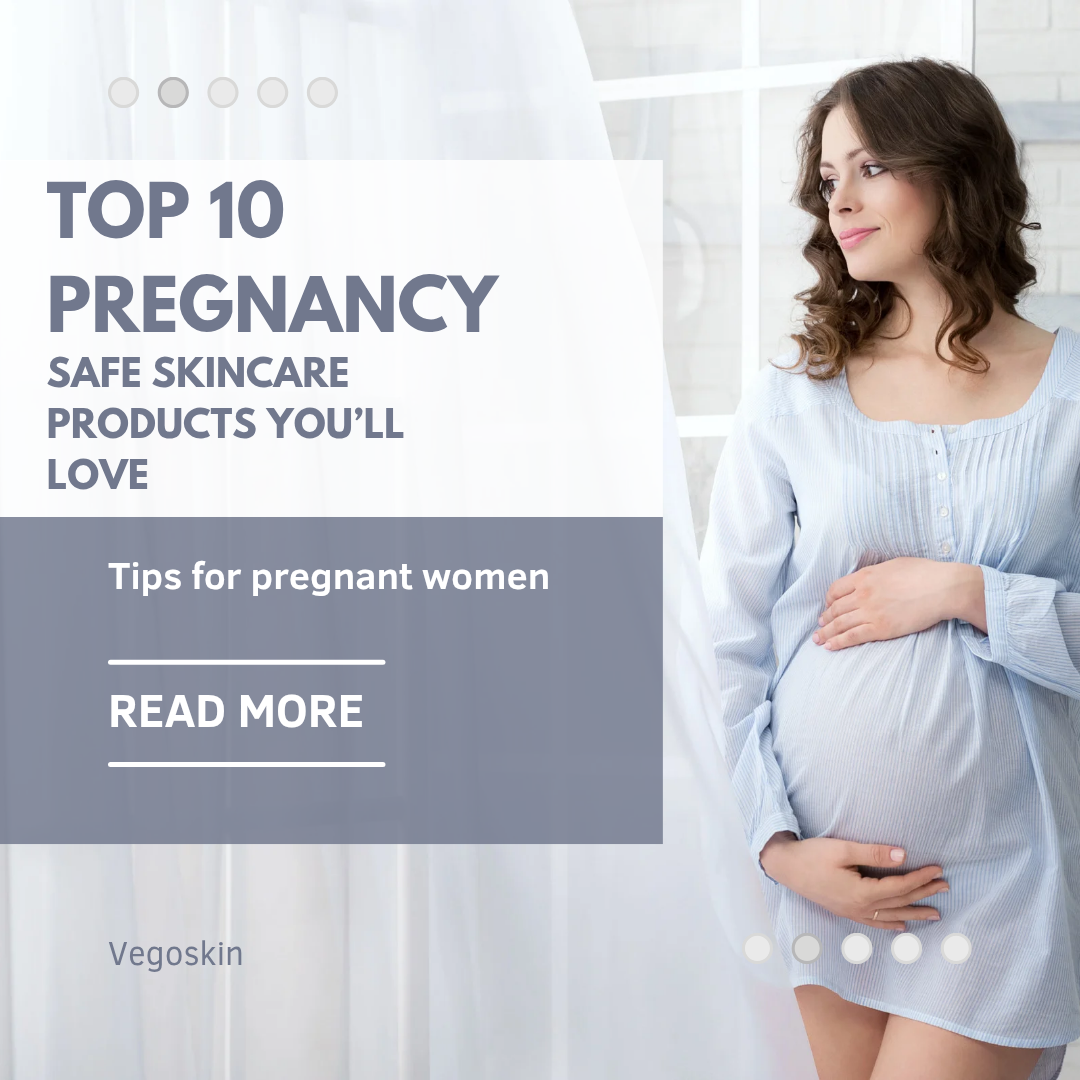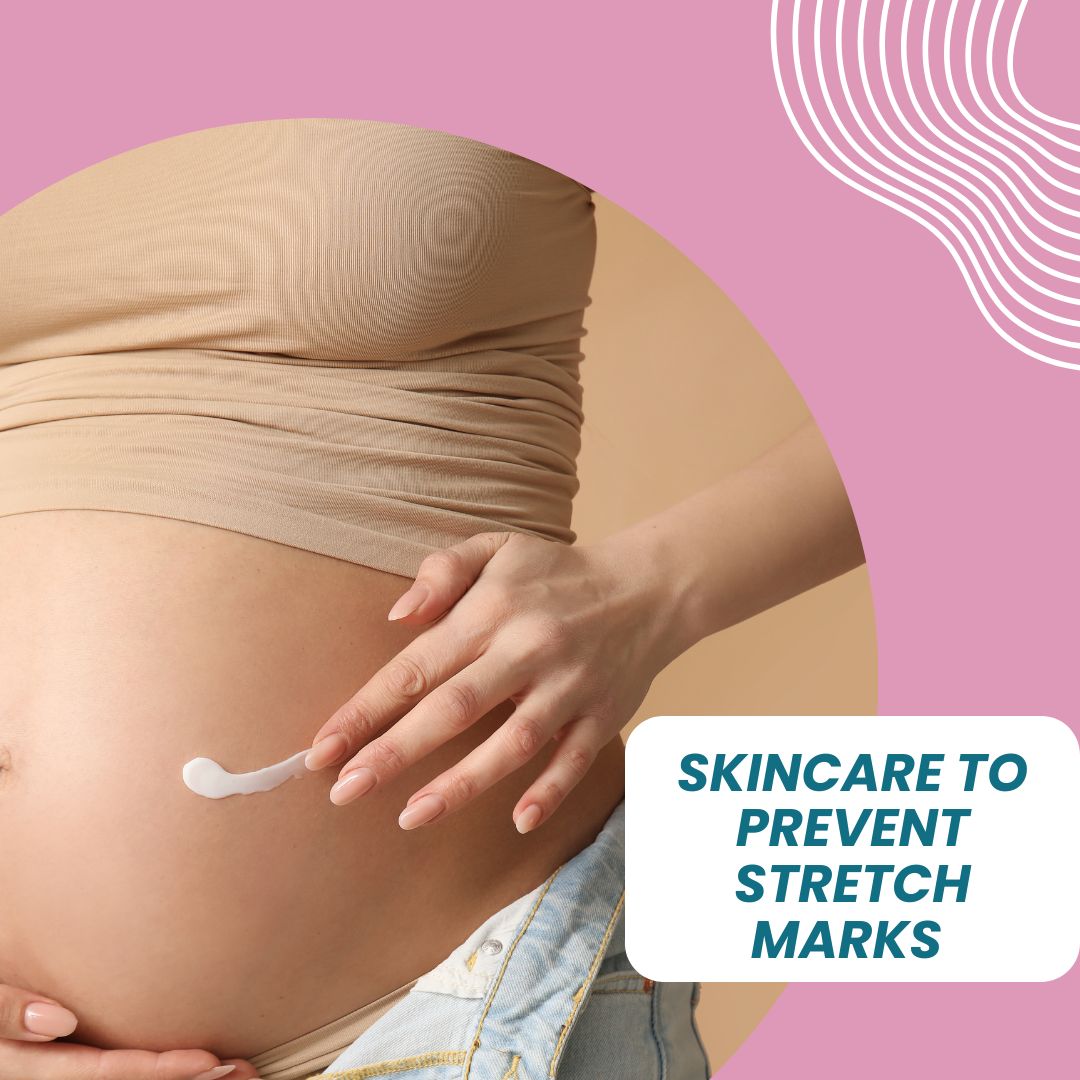Is Your Skincare Safe for Baby? A Quick Ingredient Check
As a parent, you want the best for your baby—soft cuddles, sweet giggles, and skin as smooth as a peach. But when it comes to skincare, whether it’s yours or your little one’s, the products you use can make a big difference. Babies have delicate, sensitive skin that’s more prone to irritation, and some ingredients in your everyday skincare might not be safe for them. So, Is Your Skincare Safe for Baby? A Quick Ingredient Check is here to help you navigate the world of skincare ingredients with confidence. This guide will break down what to look for, what to avoid, and how to ensure your routine is baby-friendly—because those snuggle sessions shouldn’t come with a side of worry.
Why Skincare Ingredients Matter for Babies
Babies’ skin is thinner and more permeable than adults’, making it easier for ingredients to be absorbed into their bloodstream. According to the American Academy of Pediatrics, a baby’s skin barrier isn’t fully developed until around age two, so it’s extra vulnerable to irritants and allergens. If you’re sharing products with your baby or using skincare while holding them, those ingredients can transfer through skin-to-skin contact. That’s why it’s critical to ask, Is Your Skincare Safe for Baby? A Quick Ingredient Check can save you from accidental harm.
Think about it: you slather on your favorite moisturizer, then scoop up your baby for a cuddle. Trace amounts of that product can end up on their skin, or worse, in their mouth if they’re at that “everything goes in my mouth” stage. By choosing baby-safe ingredients, you’re protecting their delicate skin and giving yourself peace of mind.
Ingredients to Avoid in Skincare for Babies
Not all skincare ingredients are created equal, and some are downright risky for babies. Here’s a rundown of common culprits to watch out for when checking if your skincare is safe for your little one.
1. Fragrances and Essential Oils
Synthetic fragrances and even some natural essential oils can be irritating to a baby’s sensitive skin. The term “fragrance” on a label can hide hundreds of chemicals, some of which may cause allergic reactions or irritation. Essential oils like lavender or tea tree, while natural, can be too potent for babies and may disrupt their developing systems.
Quick Tip: Look for “fragrance-free” or “unscented” products. If you’re unsure, check the ingredient list for terms like “parfum” or specific oils like “lavandula angustifolia (lavender) oil.”
2. Parabens
Parabens (e.g., methylparaben, propylparaben) are preservatives used to extend shelf life, but they’re controversial due to potential hormone-disrupting effects. While research is ongoing, the Environmental Working Group (EWG) flags parabens as a concern, especially for babies whose bodies are still developing.
Quick Tip: Opt for paraben-free products. Labels often proudly state “paraben-free” to make it easy for you.
3. Phthalates
Phthalates are often used in fragranced products to make scents last longer. They’re linked to endocrine disruption and developmental concerns, making them a no-go for babies. The tricky part? Phthalates aren’t always listed explicitly—they often hide under “fragrance.”
Quick Tip: Choose fragrance-free products or those certified phthalate-free by organizations like Made Safe.
4. Sulfates
Sulfates like sodium lauryl sulfate (SLS) and sodium laureth sulfate (SLES) are foaming agents in cleansers and shampoos. They can strip natural oils from a baby’s skin, leading to dryness and irritation.
Quick Tip: Look for sulfate-free cleansers or those with gentle surfactants like coco-glucoside.
5. Retinoids and Salicylic Acid
Retinoids (found in anti-aging creams) and salicylic acid (common in acne treatments) are powerhouse ingredients for adults but too harsh for babies. They can cause redness, peeling, or even systemic effects if absorbed.
Quick Tip: If you use these, wash your hands thoroughly after applying and avoid direct contact with your baby’s skin.
6. Formaldehyde-Releasing Preservatives
Ingredients like DMDM hydantoin and quaternium-15 release small amounts of formaldehyde, a known irritant and potential carcinogen. These are sometimes found in lotions and shampoos.
Quick Tip: Check for “formaldehyde-free” labels or use the EWG’s Skin Deep database to verify product safety.
Baby-Safe Ingredients to Embrace
Now that you know what to avoid, let’s talk about ingredients that are gentle and nourishing for both you and your baby. These are the heroes of baby-safe skincare.
1. Aloe Vera
Aloe vera is a soothing, hydrating ingredient that’s gentle on sensitive skin. It’s great for calming redness or minor irritations.
2. Chamomile Extract
Chamomile is a natural anti-inflammatory that can soothe irritated skin. Look for it in lotions or cleansers for a calming effect.
3. Calendula
Calendula extract is known for its healing properties, making it ideal for diaper rashes or dry patches. It’s a staple in many baby skincare lines.
4. Coconut Oil
Coconut oil is a natural moisturizer that’s safe and effective for babies. It’s especially great for cradle cap or dry skin.
5. Shea Butter
Shea butter is a rich, non-irritating moisturizer that locks in hydration without clogging pores. It’s perfect for both adult and baby skin.
6. Oatmeal
Colloidal oatmeal is a superstar for soothing eczema or itchy skin. It’s often found in gentle cleansers or bath products.
Pro Tip: When shopping, look for products labeled “pediatrician-tested” or “dermatologist-approved” for added assurance. Brands like Burt’s Bees Baby and Cetaphil Baby often use these safe ingredients.
How to Check If Your Skincare Is Safe for Baby
So, Is Your Skincare Safe for Baby? A Quick Ingredient Check starts with reading labels—but it doesn’t stop there. Here’s a step-by-step guide to make sure your skincare routine is baby-friendly.
Step 1: Read the Ingredient List
Flip over your product and scan the ingredient list. If you spot any of the “avoid” ingredients mentioned above, consider swapping it out. Don’t be fooled by “natural” or “organic” claims—always check the fine print.
Step 2: Use Online Tools
Not sure about an ingredient? Plug it into the EWG’s Skin Deep database or the Think Dirty app. These tools rate ingredients and products based on safety, making it easy to spot red flags.
Step 3: Patch Test
If you’re trying a new product, do a patch test on yourself first. Apply a small amount to your inner arm and wait 24 hours to check for irritation. If it’s safe for you, it’s more likely to be safe for your baby.
Step 4: Choose Multi-Use Products
Simplify your routine with products designed for both adults and babies. For example, a gentle, fragrance-free moisturizer like CeraVe Baby Cream can work for the whole family.
Step 5: Consult a Professional
If you’re unsure about a product or your baby has specific skin concerns (like eczema), talk to a pediatrician or dermatologist. They can recommend safe options tailored to your needs.
The Emotional Side of Choosing Baby-Safe Skincare
Let’s get real for a moment—parenting is a whirlwind of love, worry, and second-guessing. You’re already juggling a million things, and now you’re wondering if your face cream is secretly plotting against your baby’s skin. It’s overwhelming! But taking a moment to do this, Is Your Skincare Safe for Baby? A Quick Ingredient Check isn’t just about safety—it’s about feeling confident in the choices you make for your family.
I remember when my sister became a new mom, she called me in a panic because her baby broke out in a rash after a cuddle session. Turns out, her scented body lotion was the culprit. After switching to a fragrance-free option, the rash cleared up, and she felt like Supermom again. That small change made a big difference, and it’s a reminder that you don’t have to overhaul your entire routine—just make smart swaps.
Practical Tips for a Baby-Safe Skincare Routine
Here are some actionable tips to keep your skincare baby-friendly without sacrificing your glow:
- Wash Your Hands: After applying products with active ingredients (like retinoids), wash your hands thoroughly before touching your baby.
- Use Separate Products: Keep a set of baby-safe products for when you’re handling your little one. A fragrance-free lotion by your changing table is a game-changer.
- Simplify Your Routine: Stick to multi-tasking products that are safe for both you and your baby to reduce the risk of cross-contamination.
- Check Baby’s Products Too: Even baby-specific products can contain questionable ingredients. Double-check labels to ensure they’re free of fragrances and irritants.
- Store Products Safely: Keep your skincare out of reach to prevent curious little hands from getting into your retinol cream.
Common Myths About Skincare and Babies
There’s a lot of misinformation out there, so let’s debunk a few myths to keep your Is Your Skincare Safe for Baby? A Quick Ingredient Check on track.
Myth 1: “Natural” Means Safe
Not always! Natural ingredients like essential oils can be irritating. Always check the ingredient list, regardless of marketing claims.
Myth 2: Babies Don’t Need Skincare
While babies don’t need a 10-step routine, they can benefit from gentle moisturizers or cleansers, especially if they have dry skin or eczema.
Myth 3: Adult Products Are Fine for Babies
Adult skincare is often too harsh for babies. Stick to products formulated for their sensitive skin or those labeled as safe for all ages.
When to Seek Help for Baby’s Skin
If your baby develops persistent rashes, redness, or other skin issues, it might be more than just a reaction to your skincare. Conditions like eczema, cradle cap, or allergies could be at play. The National Eczema Association offers great resources for managing baby eczema, and a pediatrician can provide personalized advice.
Final Thoughts: Keep It Simple, Keep It Safe
At the end of the day, Is Your Skincare Safe for Baby? A Quick Ingredient Check is about making informed choices without stress. By avoiding harsh ingredients like fragrances, parabens, and sulfates, and embracing gentle ones like aloe vera and shea butter, you can create a skincare routine that’s safe for both you and your baby. Use tools like the EWG database, consult professionals when needed, and trust your instincts—you’ve got this.
Is Your Skincare Safe for Baby? A Quick Ingredient Check.
So, next time you’re cuddling your little one, you can focus on their gummy smiles instead of worrying about your skincare. Here’s to happy, healthy skin for you and your baby!
Outbound Links Recap:



